This kosher garam masala recipe is inspired by true events. Growing up, one of my best friends was Indian. His family immigrated to the United States before he was born but they brought with them a hearty knowledge of Indian cooking. Whenever I would go over to his house, the smells of garam masala ingredients would overwhelm my senses in the best way possible. The air was always thick with the sweet odors of cinnamon, cumin, and coriander. The first time I tasted some of those Indian dishes I was overwhelmed with flavor sensations that I had never imagined possible. (This was not my mother's cranberry chicken). A lot of those dishes relied on heavy amounts of a spice blend called garam masala. This is not a spice blend that is common in ashkenazi Jewish cuisine but these days the world of Jewish food is opening up to tastes like this.
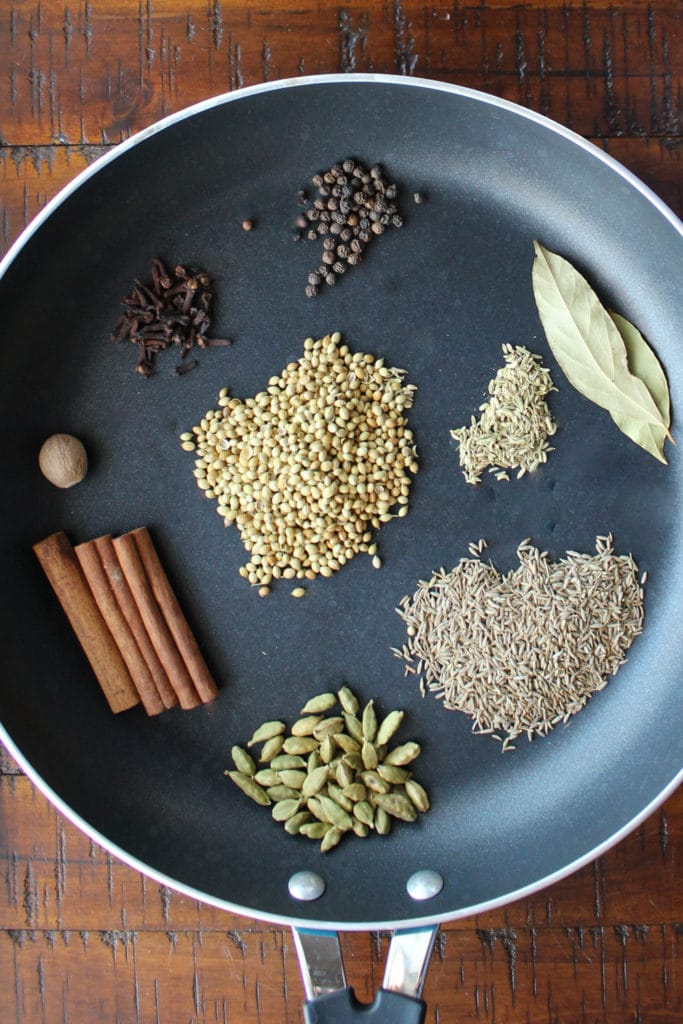
What Is Garam Masala?
It is interesting that even though a garam masala recipe is included in most Indian recipes, there is not one specific recipe for it. Garam masala is translated from Hindi as hot spice mixture. Most of the recipes I have run across have a few common ingredients such as coriander, cumin, and cardamom. This spice blend is what gives many Indian dishes the signature taste that you may associate with Indian food.
Garam Masala Is Not Curry Powder
I'm just going to come out and say it...there is no such thing as curry powder! Technically, this is not true since you can go to the grocery store and find something called "curry powder" on the shelves but that is not an authentic Indian spice blend. The item called "curry powder" was actually invented by the British to simulate the taste and smell of Indian spice blends. A lot of the ingredients of "curry powder" are similar to the ingredients found in many garam masala recipes but once you have made your own garam masala recipe you will never use a store bought curry powder again. If you have a container of curry powder on your shelf, dump out the contents and fill it with your garam masala blend. Do this immediately!
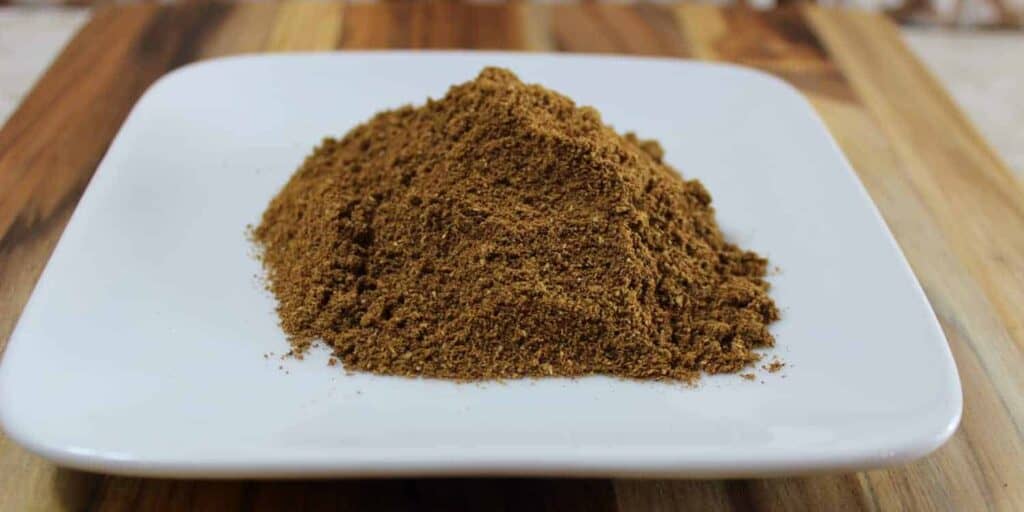
Freshly Ground Spices Are Always Better
If you are at all able, you should use freshly ground spices. They are much more aromatic and retain more of their flavor and health properties. Also, you can toast them before blending which is something that you would not do with pre-ground spices. There is nothing wrong with using pre-ground spices you find in the store. You can still get a lot of the same flavor profiles you will need in your dish. But it is sort of like the difference between eating a frozen strawberry versus a freshly picked one.
How To Use Garam Masala
Here are just some of the Indian recipes that you can make with your garam masala recipe:
- Salmon tikka masala
- Chana masala
- Matar paneer
- Saag paneer
- Dal
📖 Recipe
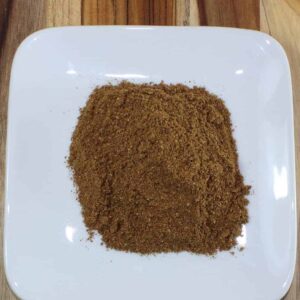
Garam Masala
Equipment
- spice grinder
- frying pan
Ingredients
- 1 tablespoon ground cumin
- 2 teaspoon ground coriander
- 1 ½ teaspoon ground green cardamom
- 1 ½ teaspoon ground cinnamon
- ½ teaspoon ground cloves
- ½ teaspoon ground nutmeg
- ½ teaspoon ground fennel seeds
- 2 ground bay leaves
- ½ teaspoon ground black pepper
Instructions
- Toast the whole cumin, coriander, green cardamom, cinnamon, cloves, nutmeg, fennel, bay leaves, and black peppercorns in a frying pan on low heat until lightly browned. You should notice a fragrant smell coming from the pan, this is normal and means that the mix is toasting normally and is nearly done.
- Grind all ingredients (except nutmeg) together in a spice grinder.
- Use a microplane to shave the nutmeg into the rest of the spice blend.
Notes
Nutrition
If you like this recipe, you will love these:
Remember to share this recipe with your family and friends on Facebook, Instagram, and Twitter.

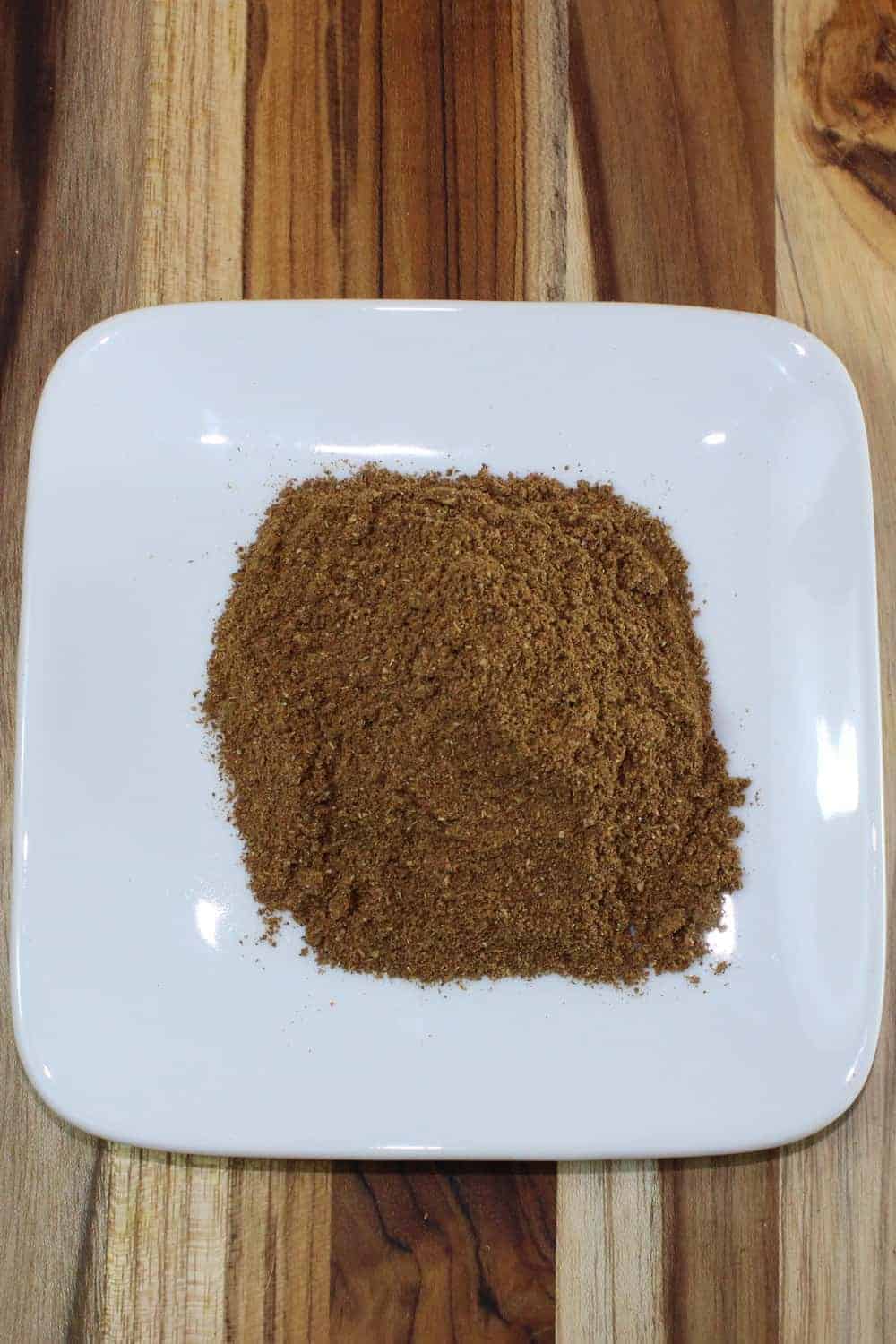
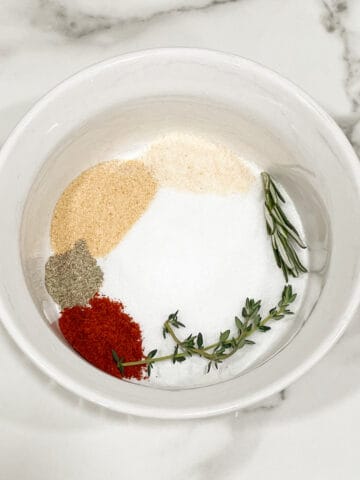
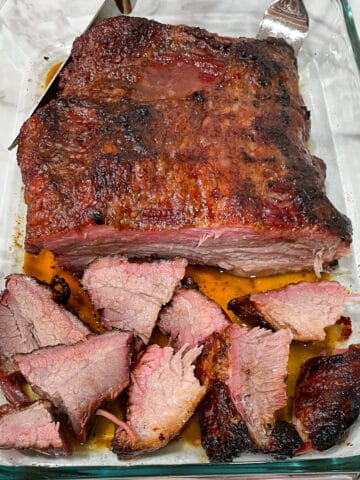
Comments
No Comments